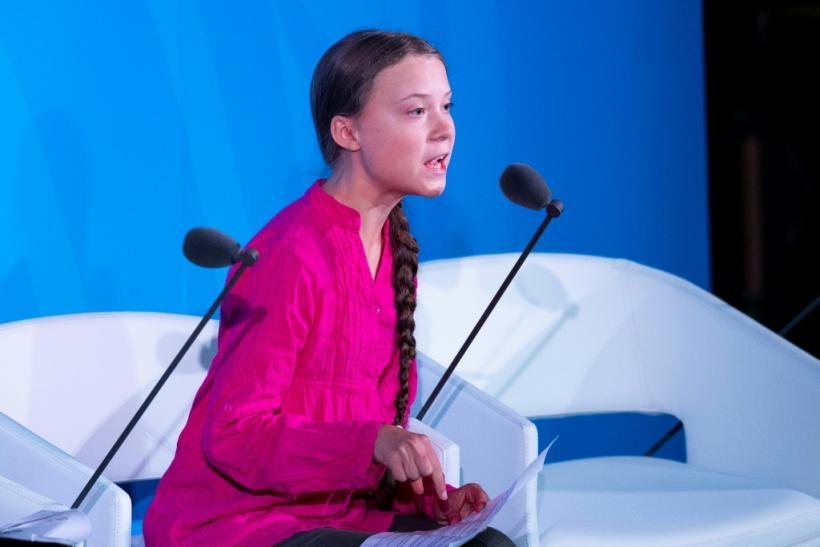From the Editor
主編寄語
By Edward Felsenthal
文/愛德華·費森塔爾
My 11-year-old daughter often asks me, tauntingly, what things were like "in the 20th century."
我11歲的女兒經常問我,以嘲諷的語氣問我,“20世紀”是什么樣。
Things are moving her way.
時代正在朝她靠近。
It's a sign of just how quickly the globe's generational shift is occurring
整個世界的代際轉變已經步入快軌,
that when Finland's Prime Minister Sanna Marin, 34, became the world's youngest head of government on Dec. 10,
當地時間12月10日,34歲的桑娜·馬林就任芬蘭總理一職,成為了世界上最年輕的政府首腦,
she lost that distinction almost immediately.
沒過多久,她便失去了這一殊榮。這便是代際轉變步入快軌的一大征兆。
A mere 28 days later, Sebastian Kurz, 33, became Austria's Chancellor.
馬林上任僅28天后,年僅33歲的塞巴斯蒂安·庫爾茨便當選奧地利總理。
Kurz, who had an earlier stint in the same job, regained the role via a coalition with the Green Party,
在那之前,庫爾茨已經當選過一次總理,這一次,在綠黨的幫助下,他重新奪回了這一職位,
whose support surged in the latest election—a result, many said,
綠黨在此次選舉中的支持率出現了大幅飆升——不少人表示,
of the work of teen climate activist (and TIME 2019 Person of the Year) Greta Thunberg.
這一結果實則是青少年氣候活動家(《時代》周刊2019年度人物)格蕾塔·桑伯格促成的。

"A specter is striding through Europe," read an editorial in Austria's right-leaning Die Presse.
“一個幽靈正大步流星地穿行在歐洲大陸上,”奧地利右翼報紙《新聞報》的一篇社論寫道。
"Its name is the ‘Greta effect.'"
“這個幽靈的名字叫‘格蕾塔效應’。”
The global under-30 population has been rising since 2012
自2012年以來,世界范圍內30歲以下的人口一直在增長,
and today accounts for more than half of the 7.5 billion people on the planet.
如今,已經占到了全世界75億人口的一半以上。
What will the world look like when this new generation leads?
當他們這一代成為世界的主宰后,世界會是什么樣?
That's the central theme of this week's cover story—
本周《時代》周刊的封面故事——
adapted from TIME national correspondent Charlotte Alter's new book, The Ones We've Been Waiting For—
取材于《時代》周刊國家通訊員夏洛特·奧爾特的新書《我們一直等待的人》——
and the accompanying special section.
以及本期的特別版圍繞的都是這一主題。
As youth the world over force us to confront the perils of inaction—
隨著全世界的年輕一代迫使我們直面不作為的危險——
and show us the possibilities from recognizing that life doesn't have to be as it is—
同時也給我們展示了認識到生活并非只有眼前這一種可能蘊含的希望——
we are beginning to see some answers.
部分答案便開始浮現在我們眼前。
譯文由可可原創,僅供學習交流使用,未經許可請勿轉載。











